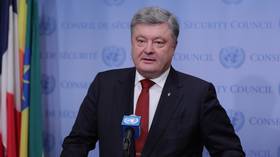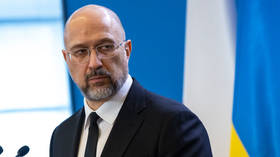Global demand for ‘critical minerals’ soaring – IEA

A spike in worldwide demand for critical minerals, including lithium, is being driven by the ever-expanding energy industry, the International Energy Agency (IEA) reported this week.
According to its Critical Minerals Market Review, the period between 2017 and 2022 saw a “tripling in overall demand for lithium, a 70% jump in demand for cobalt, and a 40% rise in demand for nickel.”
The size of the market for minerals crucial to the energy transition hit $320 billion in 2022, a doubling over the past five years.
Many critical minerals saw broad-based price increases in 2021 and early 2022, accompanied by strong volatility, particularly for lithium and nickel. Most prices began to ease off in the second half of 2022 and into 2023, but remain well above historical averages, the report explained.
The record deployment of technologies like batteries and solar cells was the driving force of “unprecedented growth in the critical minerals markets.”
The study showed that investment in critical minerals development jumped by 30% in 2022, following a 20% increase in 2021.
Spending on exploration of lithium, used to make batteries that are vital for consumer electronics and electric vehicles, skyrocketed by 90%, the IEA said. The mineral is deemed to be a “pillar for the fossil-fuel free economy” by the United Nations, as it is expected to become the primary way to store energy in the clean power grids of the future.
Uranium has also experienced a significant surge in spending – of 60% – due to renewed interest in nuclear power amid concerns over Russian supplies. Spending on exploration of nickel grew by 45%.
“Even so, major challenges remain,” warns Fatih Birol, the IEA’s executive director. He noted that “much more needs to be done to ensure supply chains for critical minerals are secure and sustainable.”
Globally, export restrictions on critical raw materials have seen a fivefold increase since 2009, the IEA said.
For more stories on economy & finance visit RT's business section












